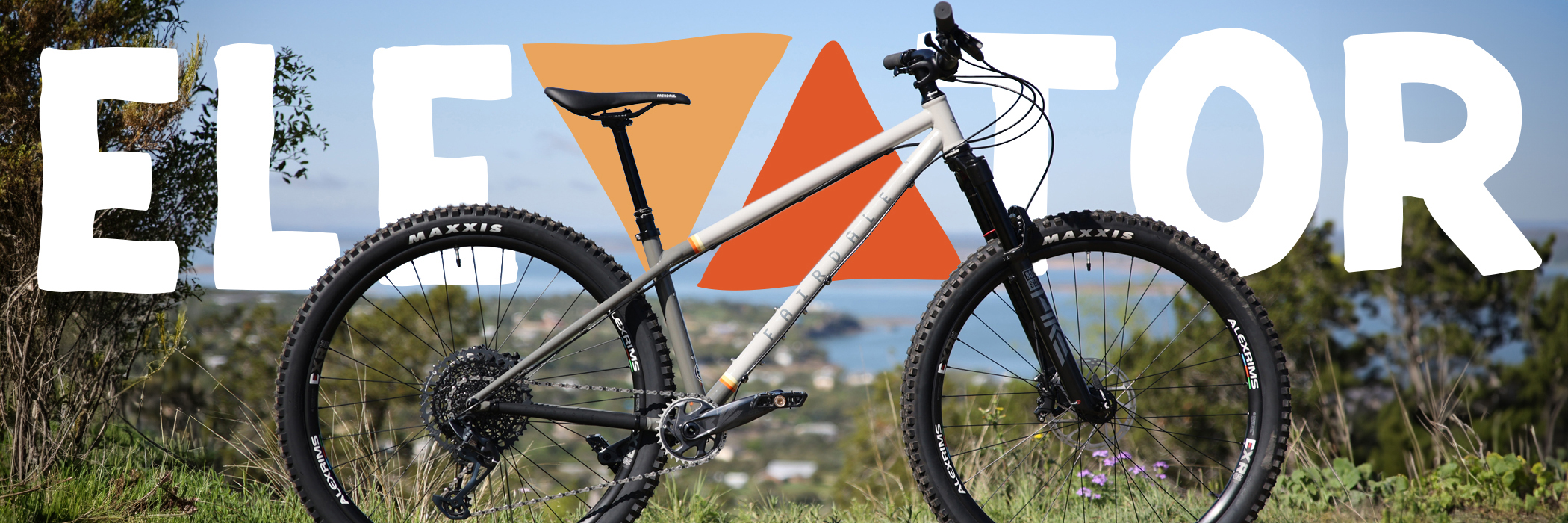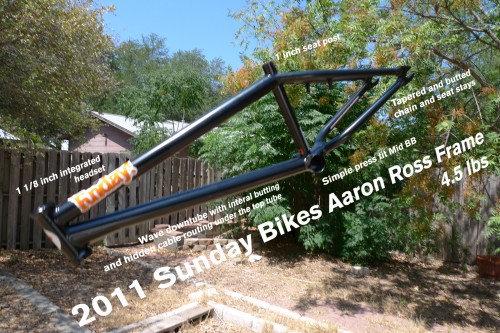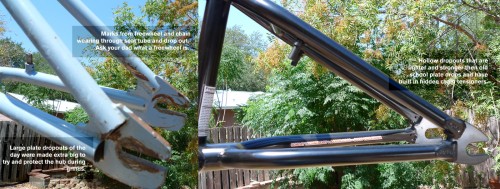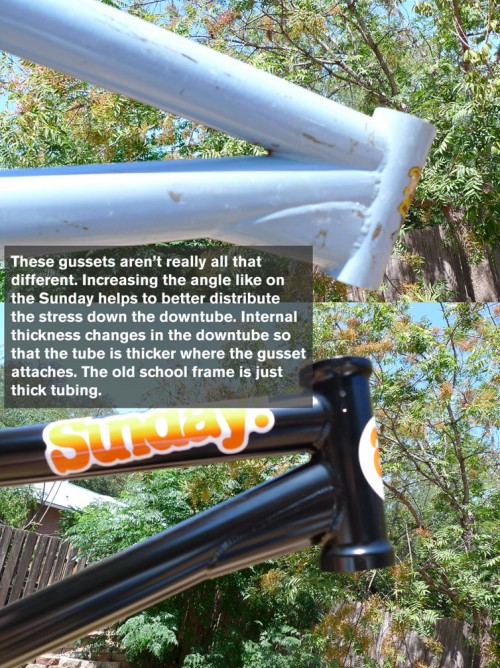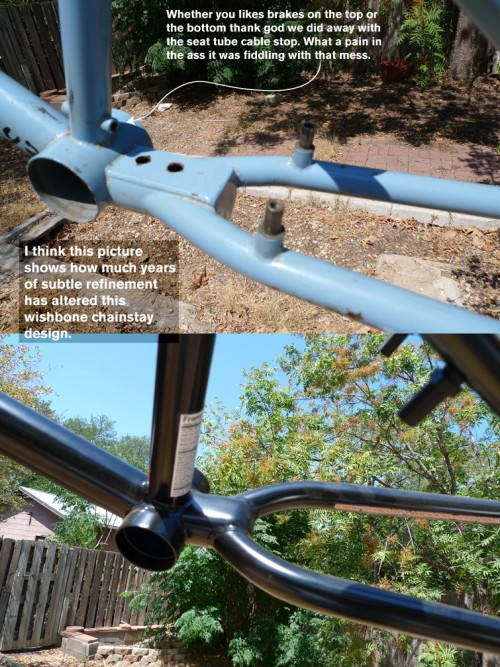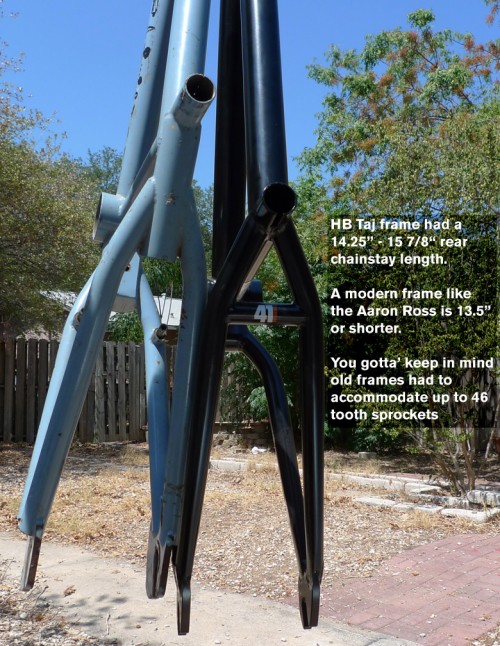1995 vs 2011
Before I started working at Odyssey or getting to work on Fairdale designs, and before my time as an owner of T-1 I got to design a bike for my then sponsor Hoffman Bikes. At the time the “Taj” frame represented everything I wanted in a bike. We got the geometry right and we made it STRONG. That was all that mattered… something that wasn’t going to break. I was looking at that old frame today and thinking about the differences between old school bikes (thats mid-school if you are legitimate “Old-school” collector) and modern BMX bikes.
To the untrained eye this old Taj frame doesn’t really look all that different from a modern bike. Considering that some of todays top riders weren’t even born when this frame was built what has 16 years of BMX technology brought us?
There was a new Sunday Aaron Ross frame laying around the office so I thought it would make a good baseline to compare to my old Hoffman. One of the most obvious differences is the weight. The Aaron frame is 2.6lbs lighter then the Taj yet its arguably stronger. Where we simply thickened tubing to make bikes stronger now we can use heat treating and custom butted and extruded tubing.
The beastly dropouts on the Taj account for a large part of the weight difference. The internally supported hollow dropouts on the Sunday are WAY stronger and much much lighter.
The precision of modern BMX bikes is light years beyond what we were able to do in yesteryear. Gone are the days of using a car jack to squish tubing into oval shapes. And gone are the days when your only tubing option was straight gauge tubing in a extremely limiting number of sizes and thicknesses. Now we can spec tubing to be thicker and thinner at precise points and extrude almost any shape.
The headtube on that Taj frame was NOT going to break off without a fight. This is a bit before Aheadsets were used in BMX and the answer to the dangerously weak quill stem was the Hoffman Bikes Superfork. The steer tube on that fork was virtually solid and you better believe it put some heavy stress on a frame.
Thank goodness we did away with those old pressed in headset cups and threaded headsets. Man that was a drag breaking the cups all the time, feeling them shift about, and having to devise ways to keep the damn thing tight. Integrated headsets are so amazingly simple to install… drop them in and go.
What a design dilemma it was on rear ends of bikes in the old days. We were starting to figure out we wanted shorter backends, but the cassette style rear hub wasn’t in use. How do you shorten the backend but leave room for a fat tire, huge 7/8″ tubing and still fit cranks and a 46 tooth sprocket?
I rode the backend on this bike at about 14.5 inches. I remember it feeling amazing after riding bikes with 15 inch chainstays for so long. Not really all that different then some modern trails style bikes that can be run as long as 14.25″, but seems like even the smallest differences in the chainstay length makes a big difference in how a bike feels.
I am so grateful for all the refinements BMX bikes have gone through. Bottom brackets you don’t have to hammer into the frame, headsets you can install with perfection in minutes, geometry not limited by huge gearing, and frames that are extremely trustworthy and strong without being heavy.
Still, I don’t want anyone to think I’m bashing on these old bikes (and don’t worry, these old bikes can take a bashing!). The truth is, this old Hoffman is still here and still perfectly rideable. With very limited resources and technology Mat’s crew built bikes that were suited perfectly to the riding of the day… and able to stand up to almost anything!
